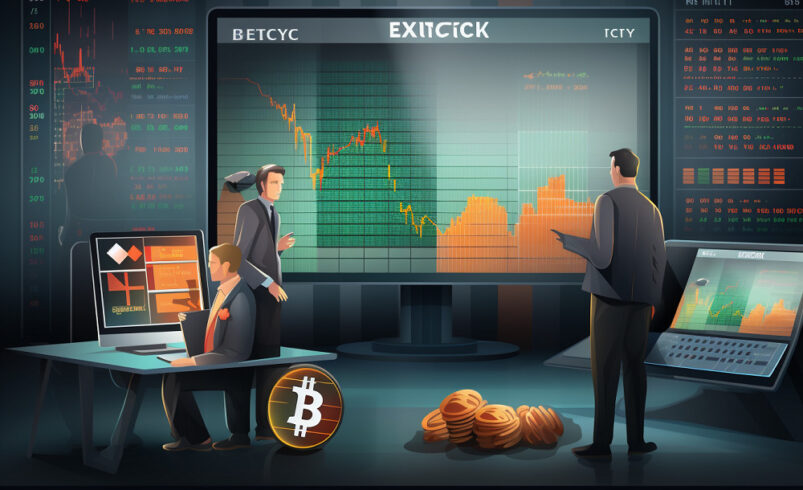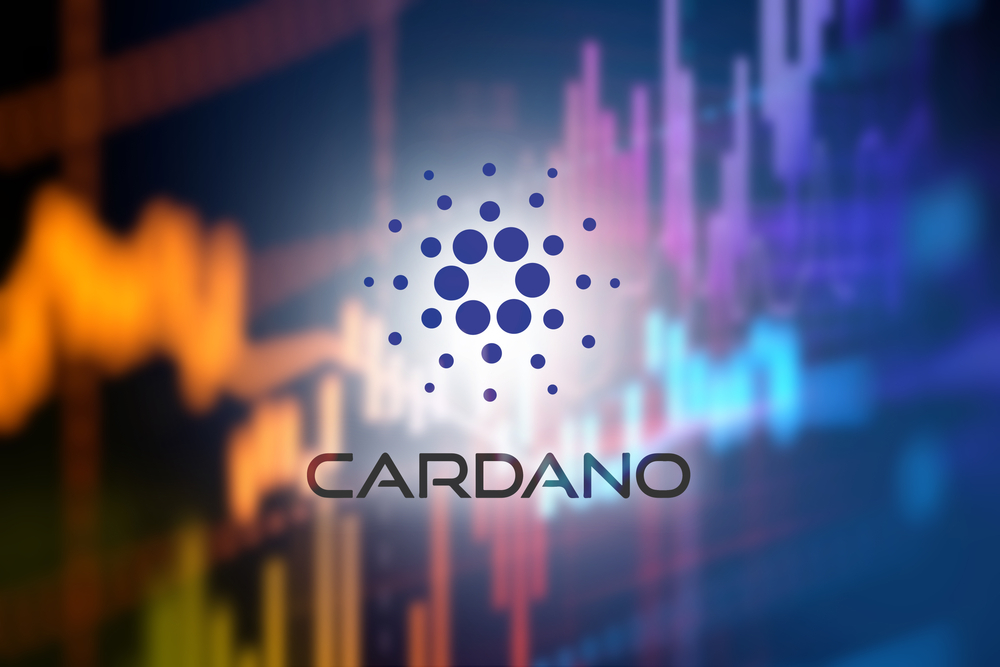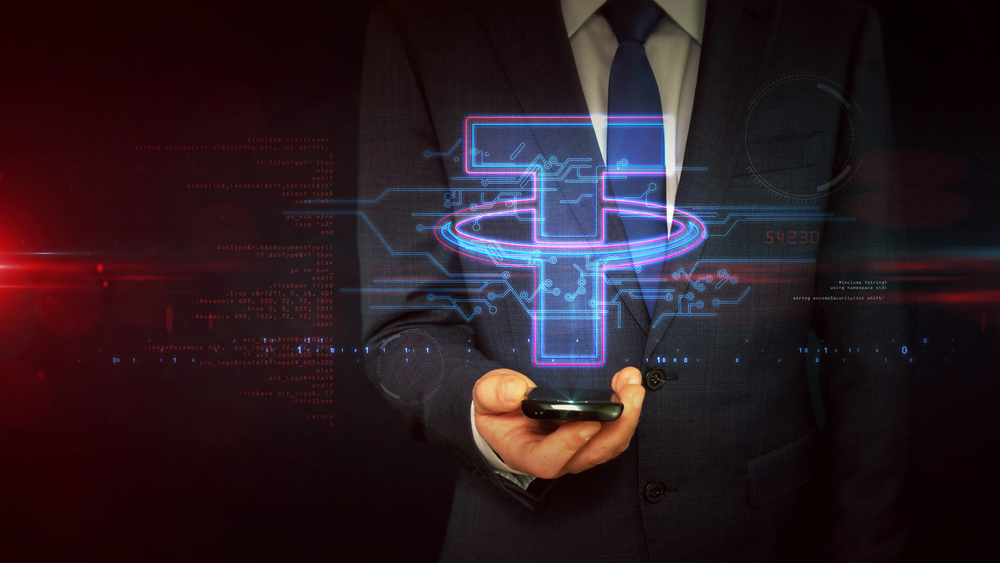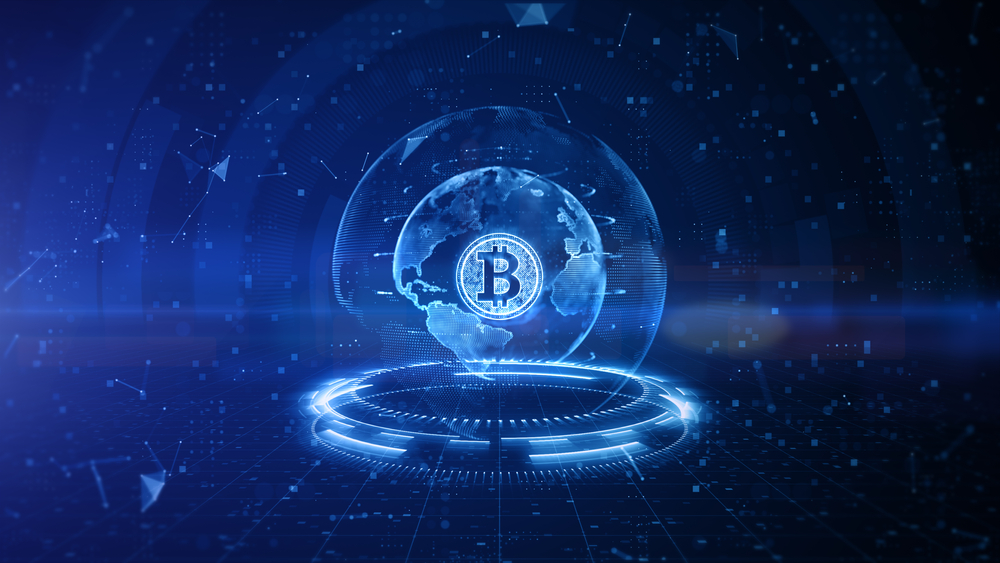NFTs And Traditional Art: How Do They Differ From Each Other?
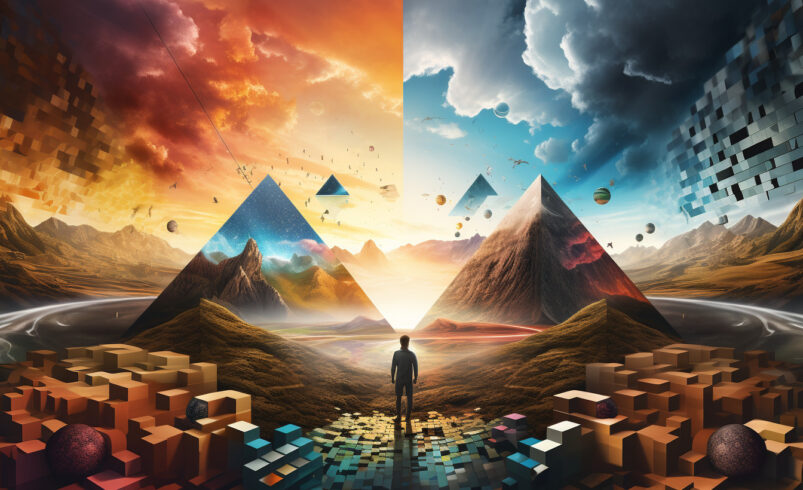
Understanding Traditional Art
The comparisons between traditional art and nonfungible tokens (NFTs) have sparked intense debate in art. With blockchain technology and cryptocurrencies, NFTs have emerged as a disruptive force, challenging centuries-old concepts of art value and ownership. This guide explores the differences between traditional art and NFTs.
Traditional art comes from hundreds of years of human creativity. It includes paintings and statues that make people feel connected to the art. Even though they can be hard to get and there is market elitism, traditional art is still an essential part of the culture.
Digital Influences On Traditional Art
Meanwhile, digital innovations have changed the art world through modern tools that have revolutionized art creation, sharing, and sale. This has led to the rise of digital art forms like 3D printing, digital sketching, and virtual reality (VR) experiences.
Online Websites and social media have made art more accessible to everyone, letting artists reach people worldwide without having to go through a physical gallery. However, this change has challenges, especially in selling copyrighted artworks.
Try Crypto Engine today, the best crypto trading bot! Click here to sign up. Artificial intelligence crypto bots are leading the trading markets, you can take part in the AI revolution and make money too! Stay ahead of the crypto game with Artificial Intelligence crypto trading bot today!
The Rise Of NFTs
NFTs have turned art into digital goods that can be bought and sold, giving artists new ways to make money from their creativity. By utilizing blockchain technology, each NFT is one of a kind since smart contracts on blockchains record unique info about each digital art.
This uniqueness makes NFTs a creative tool for creators in many fields, particularly art, music, gaming, and collectibles because it ensures scarcity and authenticity.
Impact Of NFTs On The Art World
With the availability of several NFT marketplaces, artists can power make money from their work directly. This is possible because their artworks are accessible to everyone worldwide. Even though NFTs make art more accessible to art enthusiasts, traditional art is still an essential part of our culture, helping us connect with our history and identity.
Converting Traditional Art Into NFTs
For artists, modifying traditional art pieces into NFTs demands a blend of artistic prowess and technological insight. The first step is carefully keeping the original picture safe before digitizing it.
Artists must carefully record every tiny detail using advanced scanning or photography methods to keep the piece’s digital version the same as the traditional one. Then, artists can use digital art tools like Procreate or Adobe Creative Suite to polish the digital version after digitization.
Afterward, artists can turn the art into an NFT by tokenizing it on blockchain platforms. Their next step is to use decentralized apps and NFT markets like Rarible and OpenSea to mint and show off these NFTs to people worldwide.
Smart contracts let artists include specific information about where the art came from, their credentials as artists, and what makes it unique. This step ensures that the art is authentic and transparent.
Making traditional art into NFTs makes access and control more open to everyone. By turning their works into tokens, artists get around the restrictions of standard galleries, enabling them to connect with collectors worldwide.
Challenges And Concerns
With proof-of-work blockchains’ high energy consumption, some artists are against NFTs, claiming they are not environmentally friendly. Also, critics mention that the NFT market turns art into a commodity, moving the focus from creative expression to a money-making venture.
Furthermore, they express concerns about intellectual property rights and copyright violations. Also, high transaction fees and the need to be knowledgeable about cryptocurrencies make it hard for some artists to explore the NFT market.
The Future Of Digital Art
Crucial questions about the changing relationship between artists and digital art ownership remain a huge subject of debate. Nevertheless, questioning basic ideology about what ownership means in the Web3 world challenges common beliefs and adds to a more extensive talk about the future of the modern art world.
Disclaimer: Latest Coin News is your go-to platform for promoting content for a multitude of cryptocurrency and blockchain enterprises, and your organization could be the next to benefit from our services! For inquiries, don’t hesitate to connect with us via our Telegram Chat. Given the volatile nature of the cryptocurrency market, we encourage you to conduct comprehensive research prior to making any investment decisions. Some of the content on our website, such as broker reviews, is either paid content or contributions from guest authors and may not necessarily reflect the views of Latest Coin News. We disclaim any responsibility for the accuracy, quality, and content of advertisements, products, or any other materials, including ad spaces displayed on our platform. For a thorough understanding, we invite you to review our full terms and conditions and disclaimer.


